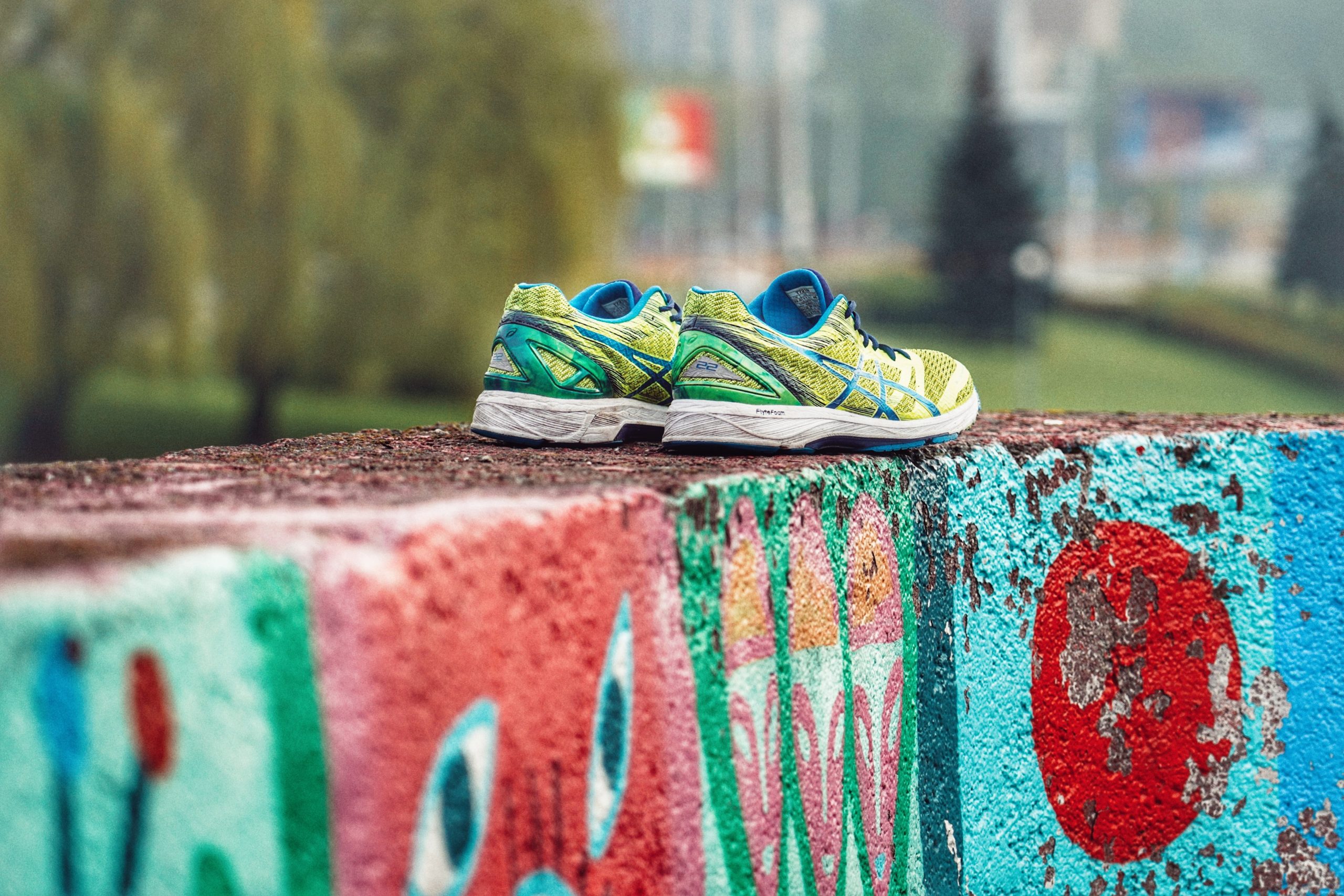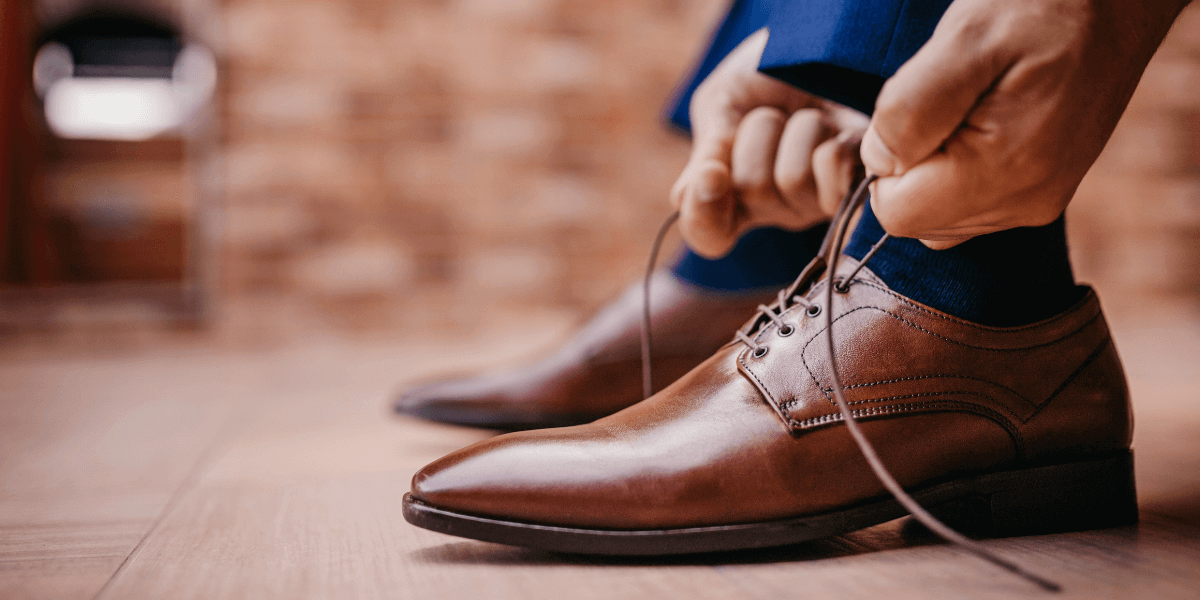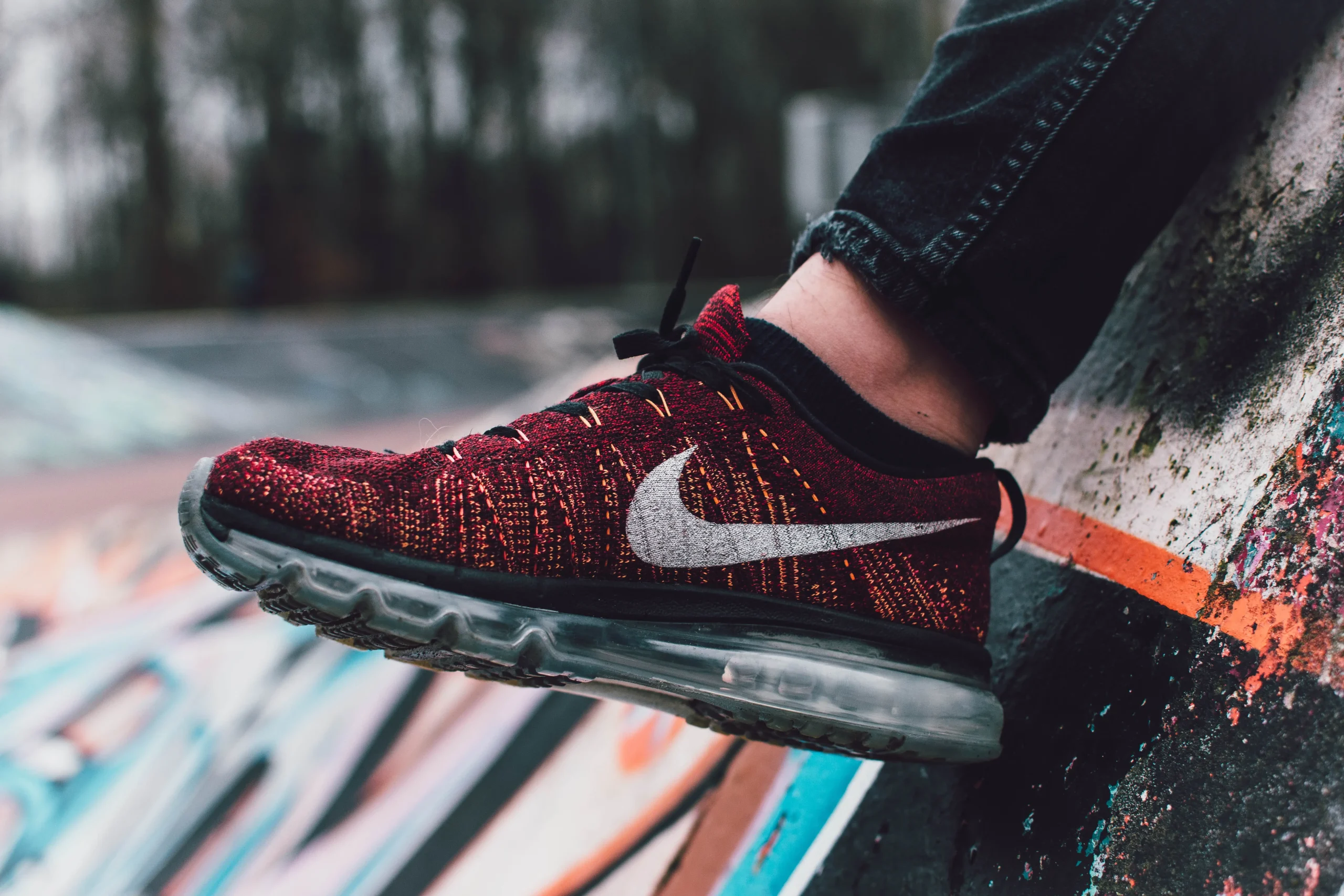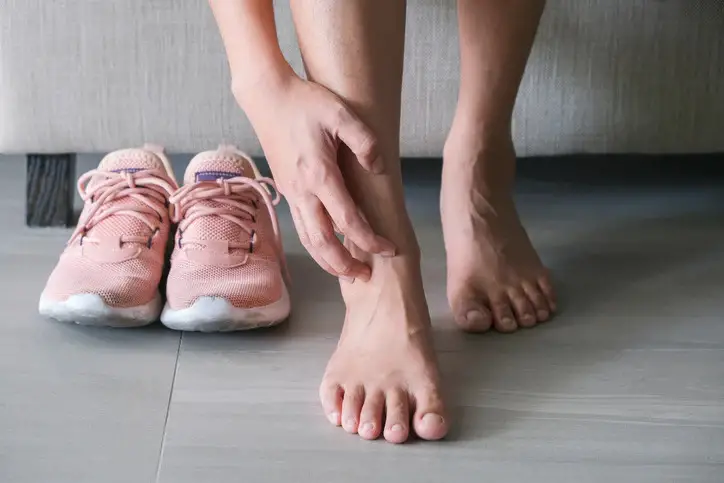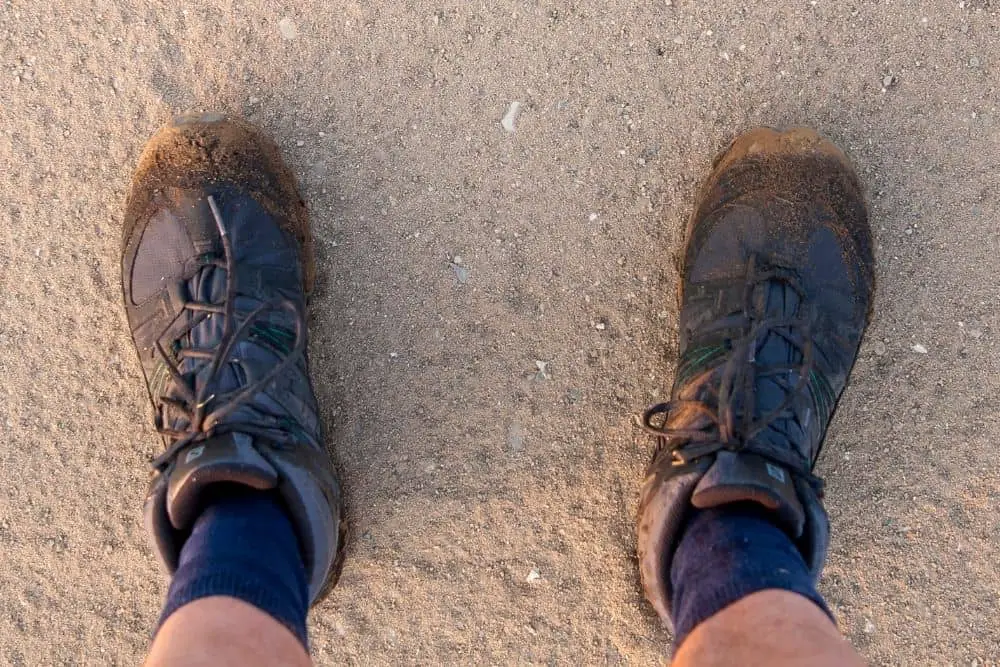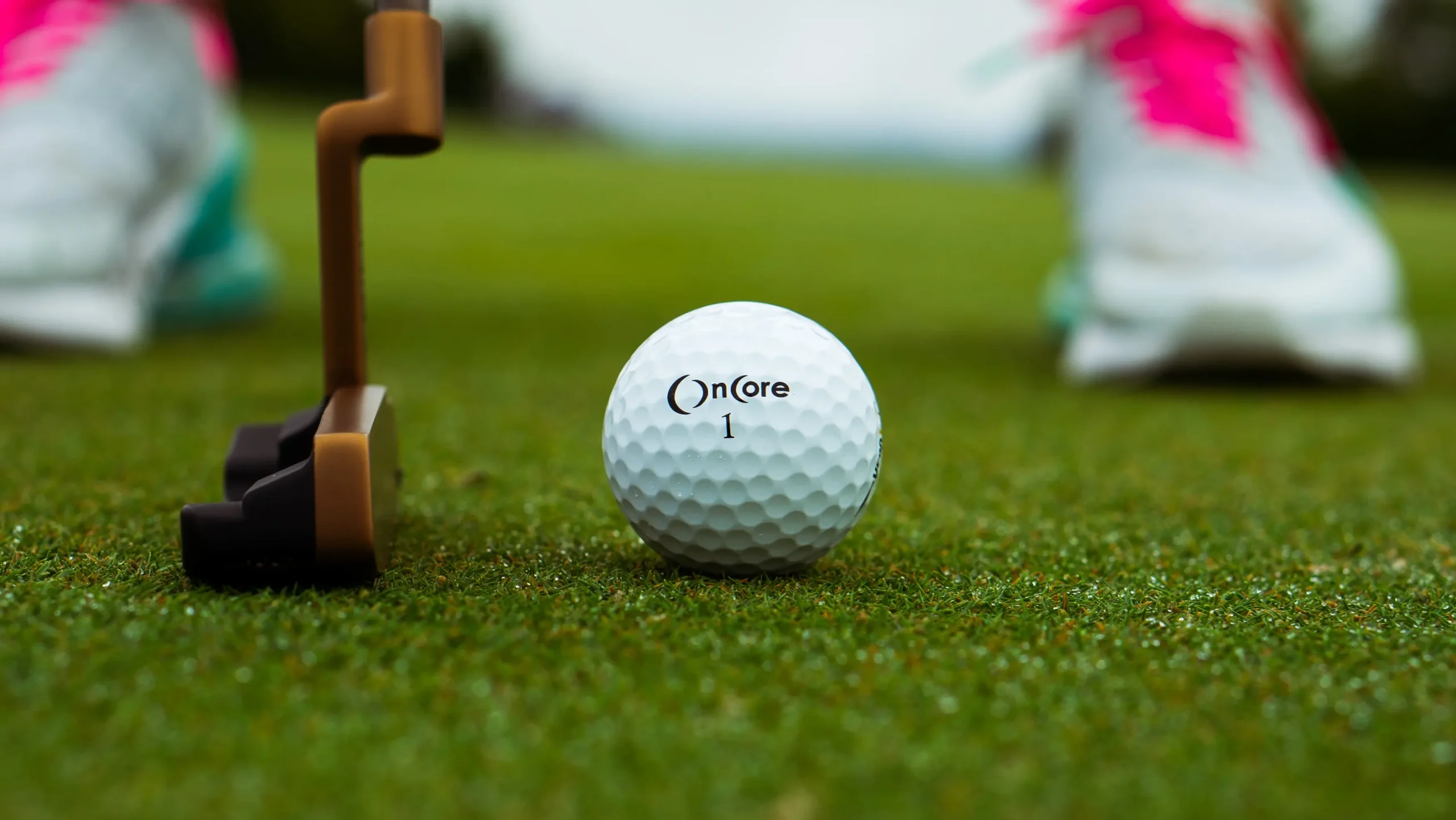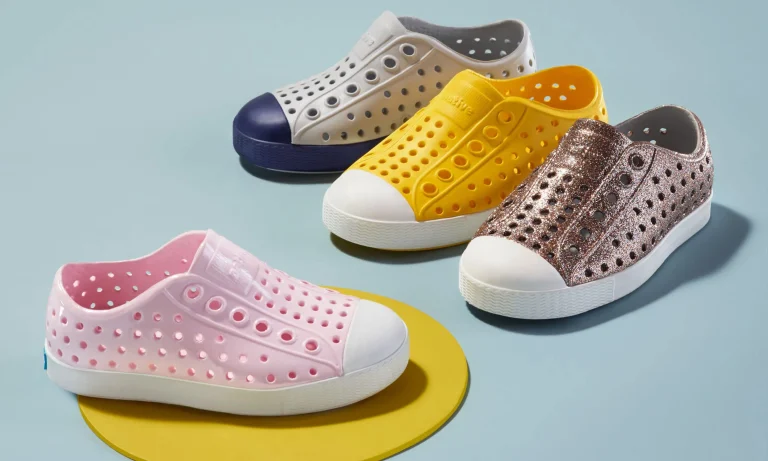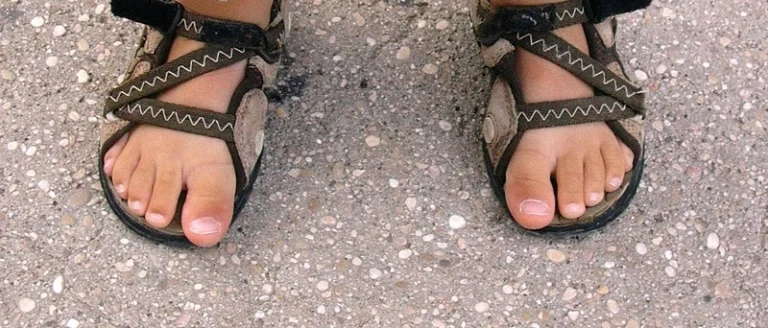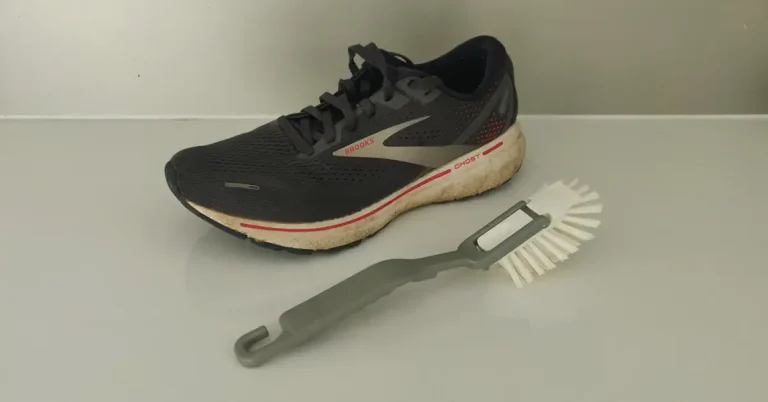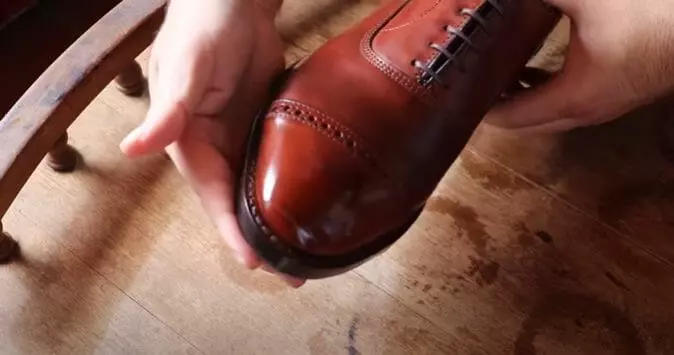Can Basketball Shoes Be Used For Running?
Basketball and running are two very different sports, and the shoes that are designed for them are also very different. Basketball shoes are designed to provide support and stability for the ankle and foot, while running shoes are designed to be lightweight and flexible. So, can basketball shoes be used for running?
The short answer is yes, but it’s not ideal. Basketball shoes are heavier and stiffer than running shoes, and they don’t provide as much cushioning. This can make them uncomfortable to run in, and it can also increase your risk of injury.
Key Differences Between Basketball and Running Shoes
Basketball shoes and running shoes are designed with distinct purposes in mind, and understanding their key differences is crucial for choosing the right footwear for each activity. Let’s discuss the details of these differences:
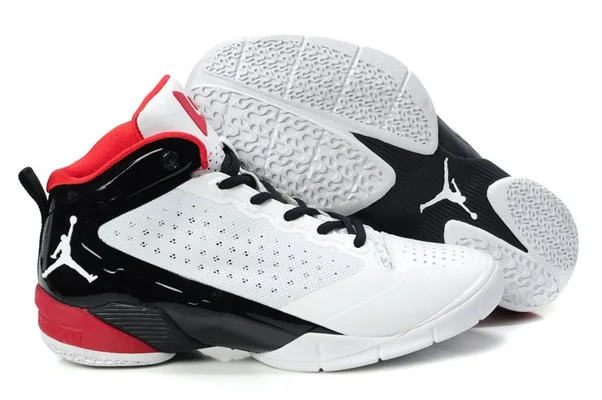
Design and Construction
Basketball Shoes: Basketball shoes are designed to provide stability, support, and traction on the basketball court. They typically feature a high-top design that extends above the ankle, offering extra support and protection against ankle sprains and injuries.
The upper material is often made of durable synthetic materials or leather to withstand the rigors of the game. Additionally, basketball shoes have a thicker and more cushioned midsole to absorb impact during jumps and landings.
Running Shoes: Running shoes are engineered to enhance performance and reduce the risk of injury during running activities. They prioritize cushioning, shock absorption, and flexibility. Running shoes often have a low-top or mid-top design, allowing for greater freedom of movement in the ankle.
The upper material is typically lightweight and breathable to promote airflow and keep the feet cool. The midsole is designed to provide cushioning and energy return, optimizing the running experience.
Cushioning and Impact Protection
Basketball Shoes: Due to the high-impact nature of basketball, basketball shoes offer ample cushioning and impact protection. They have thicker midsoles with responsive cushioning technologies, such as Nike Air or Adidas Boost, to absorb the shock from jumps and hard landings.
The cushioning is strategically placed in the heel and forefoot areas to support the player’s movements.
Running Shoes: Running shoes prioritize cushioning to minimize the impact on joints and muscles during repetitive foot strikes. They often feature advanced cushioning technologies, such as Nike Zoom or Brooks DNA, which provide a balance between cushioning and responsiveness.
The cushioning is distributed throughout the midsole to provide a smooth and comfortable ride during long-distance runs.
Traction and Outsole Design
Basketball Shoes: Traction is a crucial aspect of basketball shoes, as players need to make quick cuts and changes in direction and maintain stability on the court. Basketball shoes have a specialized outsole pattern with multidirectional herringbones or hexagonal grooves that provide excellent grip on indoor courts.
The outsole is made of durable rubber compounds to withstand the abrasive nature of the basketball court.

Running Shoes: Traction is less of a priority for running shoes since they are primarily used on even surfaces like roads or tracks. The outsole of running shoes typically features a combination of rubber compounds and flex grooves to provide a balance between durability and flexibility.
The pattern is designed to optimize forward motion and grip on various surfaces encountered during running.
Weight and Flexibility
Basketball Shoes: Basketball shoes tend to be heavier than running shoes due to their additional support and cushioning features. The weight is necessary to provide stability and protect against ankle injuries.
However, the added weight may affect running performance and make it more challenging to maintain a fast pace. The flexibility of basketball shoes is often limited to ensure stability during lateral movements.
Running Shoes: Running shoes are generally lighter in weight to promote agility and efficiency during running. The lighter weight allows for a more natural and fluid stride, reducing fatigue over longer distances.
Running shoes prioritize flexibility to accommodate the foot’s natural movement and promote a smooth heel-to-toe transition.
Read More: Best Basketball Shoes For Explosive Players
Read More: Best Basketball Shoes For Casual Wear
Must Read: Best Basketball Shoes For Beginners
Must Read: Best Basketball Shoes On A Budget
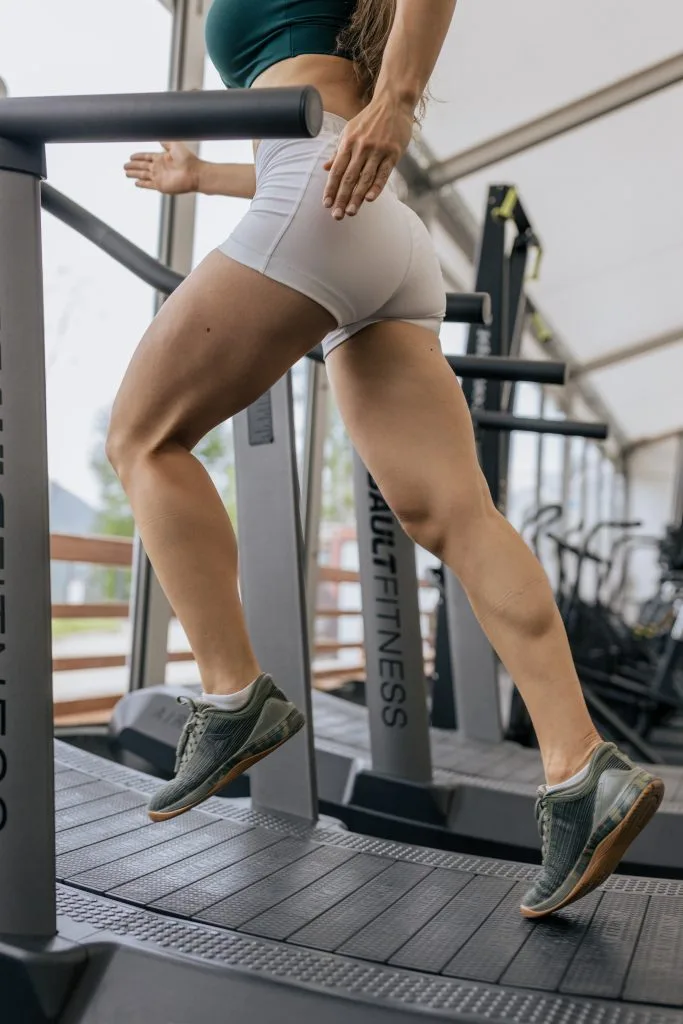
Advantages of Using Basketball Shoes for Running
There are some advantages to using basketball shoes for running. Let’s discuss them:
Ankle Support
One of the key advantages of using basketball shoes for running is the enhanced ankle support they provide.
Basketball shoes are designed with a higher cut and additional padding around the ankle area to protect against ankle sprains and provide stability during quick changes in direction.
This can be particularly beneficial for runners who have weak or unstable ankles, as it helps to reduce the risk of injuries and provides a sense of security while running.
Durability
Basketball shoes are built to withstand the rigorous movements and impacts of basketball games, which makes them highly durable.
This durability can be advantageous for runners, especially those who run on rough or uneven terrain.
The sturdy construction and materials used in basketball shoes can withstand the wear and tear of running, ensuring that the shoes last longer and provide reliable performance over time.
Traction
Basketball shoes are designed to provide excellent traction on indoor courts, and this can also be beneficial for running on slippery or uneven surfaces.
The outsole patterns, typically featuring herringbone or multidirectional traction patterns, provide a strong grip that helps prevent slips and falls during runs.
This can be particularly useful when running in wet or muddy conditions or on surfaces with low traction, as it enhances stability and reduces the risk of accidents.
Supportive Structure
Basketball shoes often feature a supportive structure, including a firm midsole and reinforced upper, to provide stability and support during dynamic movements.
This can be advantageous for runners who require additional support, such as those with overpronation or flat feet.
The supportive structure helps maintain proper alignment and prevents excessive inward rolling of the foot, reducing the risk of injuries caused by improper foot mechanics.
Style and Versatility
Basketball shoes are known for their stylish designs and vibrant colors, making them a popular choice for those who value aesthetics.
Basketball shoes can be versatile and suitable for various activities, including short runs, gym workouts, and casual wear.
This versatility can make them a convenient option for individuals who engage in a combination of activities and prefer a single pair of shoes for multiple purposes.
Drawbacks of Using Basketball Shoes for Running
There are some advantages to using basketball shoes for running, but it’s important to consider the drawbacks as well. Here are some potential drawbacks of using basketball shoes for running:
Cushioning
Basketball shoes are designed to provide responsive cushioning that helps absorb the impact of jumping and landing on hard court surfaces. However, this type of cushioning may not be ideal for running, especially for longer distances or on hard pavement.
Running shoes are typically equipped with more extensive cushioning systems that are specifically engineered to provide shock absorption and support for the repetitive impact forces experienced during running.
Using basketball shoes for running may result in less cushioning and potentially lead to discomfort or an increased risk of injuries such as shin splints or knee pain.
Weight
Basketball shoes tend to be heavier than running shoes. The added weight can affect running performance, especially during longer runs or races. Running shoes are designed to be lightweight, allowing for faster and more efficient movements.
The extra weight of basketball shoes may result in increased fatigue and slower running times. In addition, the heavier shoes can put additional stress on the joints and muscles, potentially leading to overuse injuries.
Flexibility
Basketball shoes are designed to provide stability and support during quick lateral movements and changes in direction on the court. This often means that they have a stiffer sole and less flexibility compared to running shoes.
Running shoes, on the other hand, are engineered to allow for more natural and flexible foot movement.
The lack of flexibility in basketball shoes can hinder the foot’s ability to roll through the gait cycle properly, potentially leading to discomfort or injuries such as plantar fasciitis or Achilles tendonitis.
Breathability
Basketball shoes are typically made with materials that prioritize durability and support rather than breathability. This can result in reduced airflow and ventilation, leading to sweaty and uncomfortable feet while running.
Running shoes, on the other hand, often feature breathable mesh uppers that help to keep the feet cool and dry, reducing the risk of blisters and discomfort.
Specific Design
Basketball shoes are specifically designed for the demands of basketball, which involve quick lateral movements, jumping, and pivoting.
While some aspects of the design, such as ankle support and traction, can be beneficial for running, other features may not be optimized for running efficiency.
Running shoes are engineered with features such as a curved last, specific cushioning systems, and a responsive midsole that are tailored to the biomechanics and needs of runners.
Using basketball shoes for running may not provide the same level of performance, comfort, and injury prevention as dedicated running shoes.
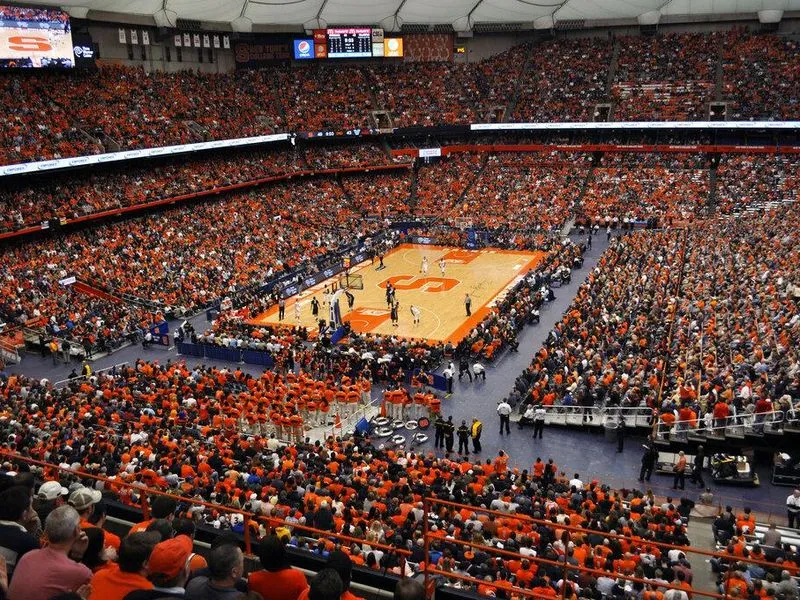
Can basketball shoes be used for running? Expert Opinion
Most experts agree that basketball shoes are not ideal for running. Basketball shoes are designed for the specific movements of basketball, such as jumping, landing, and lateral movements. They are typically heavier and stiffer than running shoes, and they do not provide the same level of cushioning. This can make basketball shoes uncomfortable to run in, and it can also increase your risk of injury.
Here are some of the specific risks of running in basketball shoes:
Shin splints: Shin splints are a common overuse injury that can be caused by running in shoes that do not provide enough cushioning.
Stress fractures: Stress fractures are another type of overuse injury that can be caused by running in basketball shoes. Stress fractures are small cracks in the bones that can be caused by repetitive impact.
Ankle injuries: Basketball shoes are not as supportive as running shoes, which can increase your risk of ankle injuries.
Knee injuries: The lack of cushioning in basketball shoes can also put extra stress on your knees, which can increase your risk of knee injuries.
If you are serious about running, it is important to buy a pair of running shoes that are designed for the sport. Running shoes are typically lighter and more flexible than basketball shoes, and they provide more cushioning to protect your feet and joints.
However, if you do not have access to running shoes, you can run in basketball shoes for a short distance or for a short period of time. Just be aware of the risks involved and listen to your body. If you start to feel any pain, stop running and take a break.
Conclusion
While you can run in basketball shoes, it’s not ideal. Basketball shoes are heavier and stiffer than running shoes, and they don’t provide as much cushioning. This can make them uncomfortable to run in, and it can also increase your risk of injury. If you’re planning on running regularly, it’s best to choose a pair of running shoes that are designed for the sport.

